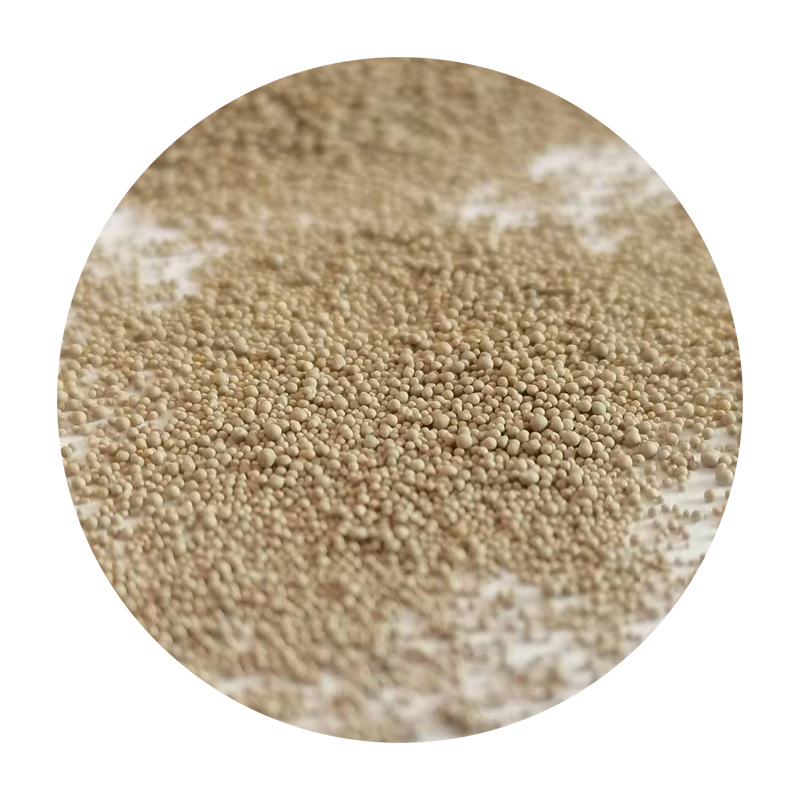The Significance of Coated Sand in Modern Industries
Coated sand is an innovative material that has gained prominence in various industrial applications, particularly in construction, foundries, and ceramics. This specialized form of sand is treated with a coating, usually made from resins or polymers, to enhance its properties, thereby making it more suitable for specific end uses. The advantages of coated sand extend well beyond its basic composition, resulting in improved performance on multiple fronts.
One of the primary benefits of coated sand is its enhanced strength and durability. In foundry applications, for example, the molding process requires sand that can withstand high temperatures and heavy mechanical stresses. Coated sand exhibits improved thermal stability, reducing the occurrence of defects in castings that can occur due to sand breakdown during the mold-making process. This not only leads to better-quality cast products but also minimizes scrap and rework, offering substantial cost savings for manufacturers.
Additionally, coated sand plays a vital role in the construction industry. It is often used in the production of concrete and other composite materials, where its unique properties contribute to improved workability, reduced water absorption, and enhanced adhesion. When utilized in concrete, coated sand significantly improves the durability and strength of the final product, making structures more resilient to environmental stresses and increasing their lifespan. This aspect is especially crucial in areas prone to moisture or freeze-thaw cycles, where traditional aggregates may fail to perform adequately.
Moreover, the use of coated sand in the production of precast concrete elements allows for more intricate designs and finer detailing
. The coating on the sand facilitates smoother finishes and sharper edges, giving architects and designers greater creative freedom. This has led to a growing interest in coated sand in the realm of modern architecture, where aesthetics and functionality are paramount.coated sand

In the realm of ceramics, coated sand is employed as a mold material due to its ability to produce high-definition casting. The fine texture and consistency of coated sand yield minimal surface imperfections, which translates to better final product quality. Furthermore, the thermal properties provided by the coatings ensure that ceramic products resist warping and cracking during firing, a common issue faced with traditional sand.
Environmental considerations also play a role in the rising popularity of coated sand. As industries strive to reduce their ecological footprint, coated sand offers a pathway toward more sustainable practices. Many manufacturers are now developing coatings made from eco-friendly materials, thereby aligning with green initiatives. Additionally, coated sand can often be reused multiple times in industrial applications, further reducing waste and resource consumption.
While the advantages of coated sand are compelling, it is essential to acknowledge the challenges associated with its production and use. The formulations and processes involved can increase costs, which may impact industries operating within tight budget constraints. Therefore, a careful evaluation of the return on investment is crucial for companies considering the switch to coated sand.
In conclusion, coated sand represents a significant advancement in material science, offering enhanced properties that cater to the evolving needs of numerous industries. Its applications in foundries, construction, and ceramics not only improve product quality and durability but also align with sustainability goals. As innovation continues to drive the development of coated sand, one can expect to see its usage expand even further, paving the way for more efficient and resilient industrial solutions. The future of coated sand looks promising, and its role in shaping modern manufacturing and construction is more important than ever.
Post time:ಆಕ್ಟೋ . 22, 2024 12:21
Next:sand casting components
